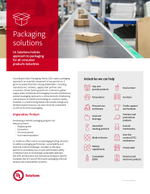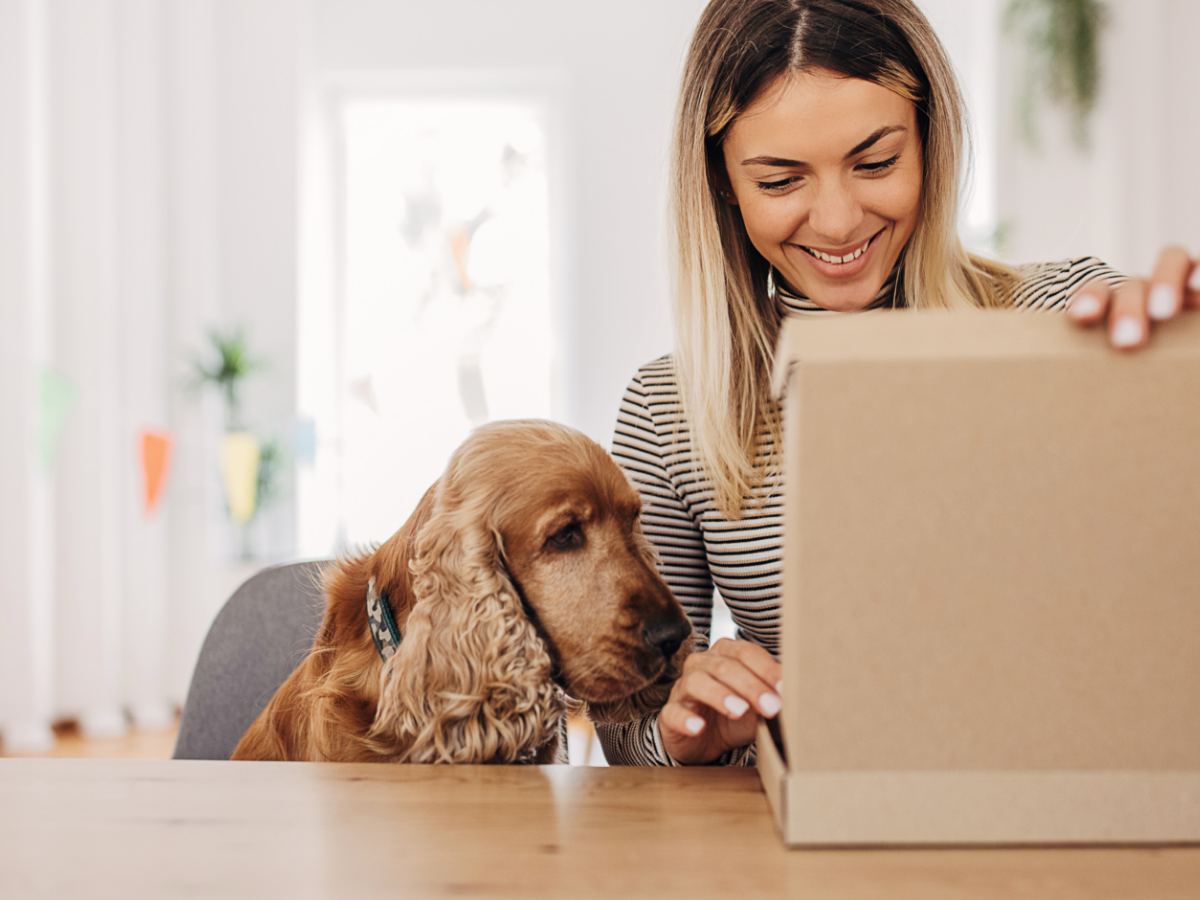
Packaging solutions across industries
Unbox key insights into your packaging safety, performance and sustainability by reading these FAQs with replies from our experts. Packaging plays an essential role in delivering value to consumers and protecting goods.

In a world where e-commerce operates as a key selling channel, providing an unforgettable shopping experience to consumers is fundamental. Consumers’ expectations around sustainability are more demanding than ever, and retailers and consumer product manufacturers need to adapt and implement a strategy for their packaging that includes aspects of safety, performance and sustainability. This can prove challenging.
When you want to differentiate your products in the marketplace, protect your goods during shipment and make sure you’re properly communicating your sustainability efforts to your customers, UL Solutions can help.
We interviewed our experts to clarify some questions for retailers and manufacturers so we can help them face their challenges and think holistically about their product packaging strategy. You can also view our on-demand webinar “Packaging for Electrical and Electronic Products” for more insights.
Read on to learn more.
A: No, complying with EU chemical safety requirements does not mean the packaging also complies with U.S. legislation, as different requirements may apply depending on materials composition. There may also be differences among individual states’ requirements. Therefore, you should always set up a testing plan with packaging materials and the target countries you want to access with your product in mind. Thinking upstream about a specific testing plan will allow you to request conformity of your supplier and consistently and efficiently test your packaging against the most appropriate parameters for retailer and brand requirements and for specific markets.
A: We suggest considering the protocol that best matches the actual transport conditions of your specific products.
ISTA offers the possibility of performing only performance tests (for example, comparing two different packaging solutions), simulation tests and mixed tests.
On the other hand, ASTM focuses more on simulation by identifying different possible distribution cycles.
A: You can test to ISTA Series 1 if you need to verify the performance of the packaged product/packaging combination against basic performance requirements. In addition, manufacturers and retailers who want to confirm that the packaging meets some minimum performance benchmarks may require Series 1. It can also prove very useful for comparing different packaging solutions and testing the packaged product/packaging combination performances without the cost of a full transport simulation.
A: We recommended shipping the packaged product inside additional packaging — called overpackaging — to protect the sample during shipping to the laboratory. In such a case, you’ll need to affix a label to the packaging to be tested to clearly identify it and, even more importantly, attach a label to the overpackaging to clarify that it must be removed before performing the test. In the absence of such labels, the laboratory may perform the test on the overpackaging and not realize the error until the end of the test sequence.
A: Neither ISTA protocols nor ASTM D4169 define pass and fail criteria. If you ship textile materials, the consumer may accept receiving them with some wrinkles. However, a consumer probably will not accept a new refrigerator with scratches on the door. The product manufacturer defines the pass and fail criteria, and the laboratory applies them as part of the testing plan.
A: You should test to Amazon protocols if you are a manufacturer selling products to or through Amazon or when you intend to do so. To that end, Amazon created the Amazon APASS Network to help vendors, sellers and manufacturers obtain certification for their products as either Frustration-Free Packaging (FFP), Ships-in-Own-Container (SIOC) or Prep-Free Packaging (PFP).
A: There are many elements to keep in mind, including transparency and clarity. It’s important to:
UL Solutions can serve as your partner for safety, performance and sustainability of your consumer products packaging. Contact us today to find out more about how a holistic approach can benefit your business and your brand reputation.
Thanks for your interest in UL's products and services. Let's collect some information so we can connect you with the right person.